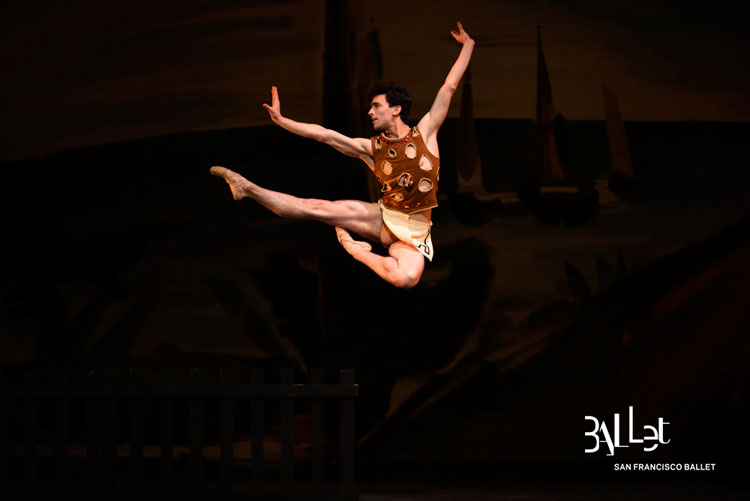
In a program with the arresting title Must-See Balanchine, San Francisco Ballet almost challenges you not to miss out on three very different facets of the versatility of George Balanchine – the choreographer who was recognized as a genius during his lifetime, still is to this day, and probably will be for all time. This triple bill – featuring one of Balanchine’s abstract ‘black and white ballets’, a narrative work and his scintillating illustration of the grandeur of Imperial Russia – is certainly unmissable for anyone who loves ballet in all its manifestations.
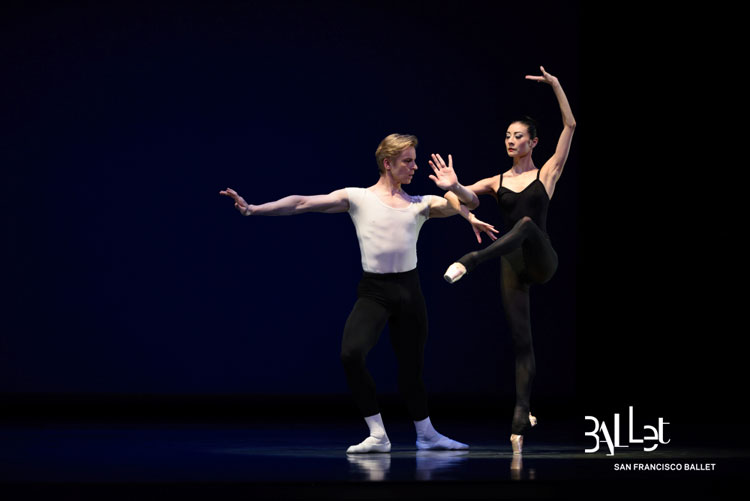
Balanchine created the opening work, Stravinsky Violin Concerto, for New York City Ballet’s 1972 Stravinsky Festival, held just over a year after the death of the composer who was both a close friend of, and an inspiration to Balanchine. Opening on June 18th of that year – the anniversary of Stravinsky’s birth – this week-long tribute featured thirty ballets – twenty-one of which were premieres – by six different choreographers.
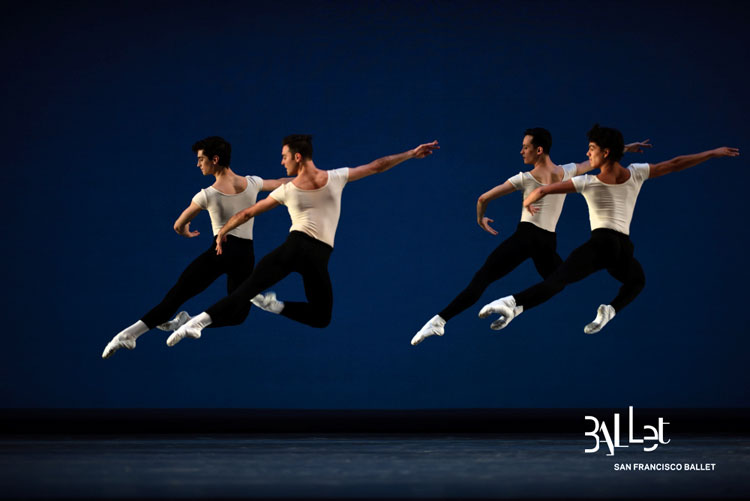
As with Stravinsky’s score for his Violin Concerto in D, the ballet has four movements. The opening Toccata is followed by two Arias – in this case pas de deux – and these in turn are followed by a closing Capriccio. With no costumes or sets to detract from Balanchine’s immaculate choreography, this work mainly reflects the neoclassical style for which he is so well known, but also features movements with more than a passing reference to the folk dances of his native Georgia.

The narrative work in this program is Balanchine’s The Prodigal Son, which he created for the final Paris season of Diaghilev’s Ballets Russes. The score for the ballet was written by Sergei Prokofiev to a libretto by Boris Kochno, the French-Russian dance writer and ballet librettist who was Diaghilev’s creative advisor and went on to have a major influence on French ballet after World War II. He based his scenario on the parable from St Luke’s Gospel – using a fair amount of artistic license. Balanchine’s choreography led to something of a rift with Prokofiev who was reportedly unhappy with the way in which the character of the Siren was portrayed. Nevertheless he conducted the premiere of the work in Paris on May 21, 1929, where it was very well received, and became one of the first of Balanchine’s ballets to gain international recognition.
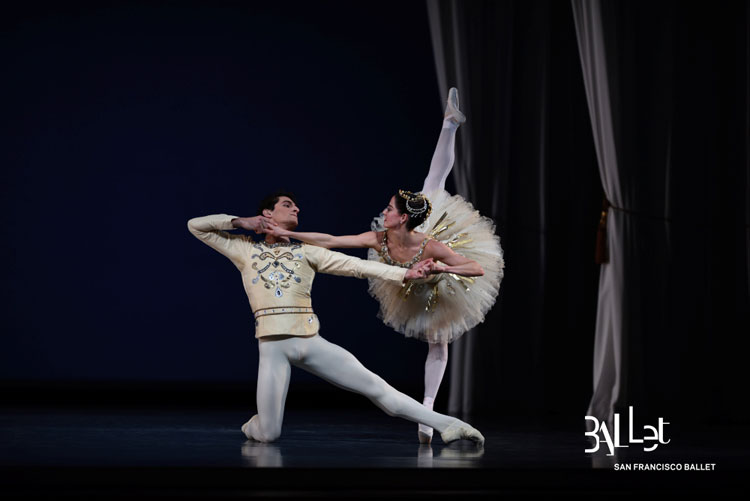
Balanchine adored the grandeur of Imperial Russia, by which he was surrounded in St Petersburg, the city of his birth, and at the Mariinsky Theatre where he trained. It was from this background that he drew his inspiration for Diamonds, the final movement of his three-part ballet, Jewels – the ballet which is believed to represent the three countries in which he lived and worked. The first part, Emeralds, with music by Fauré, reflects the elegance of France, and Rubies represents the close relationship which he shared with Igor Stravinsky in America. Diamonds, set to four movements of Tchaikovsky’s Symphony No 3 (omitting the first), is a showpiece in every way. It glitters and sparkles, the combined genius of Balanchine’s choreography and Tchaikovsky’s glorious score highlighting the influence that the master composer had on the master choreographer – what Jennifer Homans in her book, Apollo’s Angels, refers to as Tchaikovsky’s “towering presence” in Balanchine’s art.
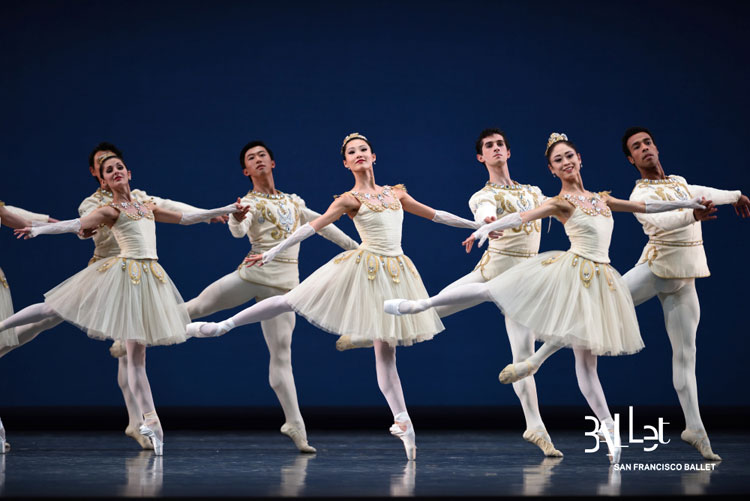
San Francisco Ballet, with the San Francisco Ballet Orchestra, led by Martin West, presents Must-See Balanchine at the War Memorial Opera House from March 7 to March 18. For more information, and to buy tickets, visit the San Francisco Ballet website www.sfballet.org
Sources:
San Francisco Ballet program notes – by Cheryl A Ossola
Somewhere – The Life of Jerome Robbins by Amanda Vaill (published by )
Apollo’s Angels by Jennifer Homans (published by Random House Trade Paperbacks)
